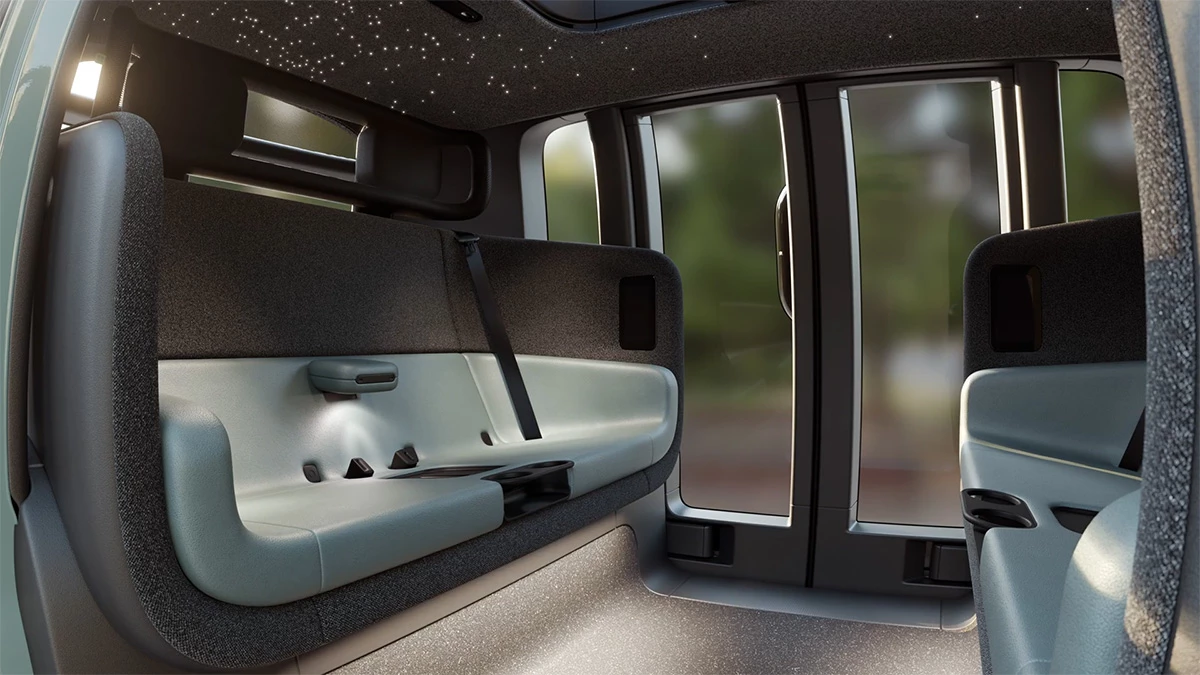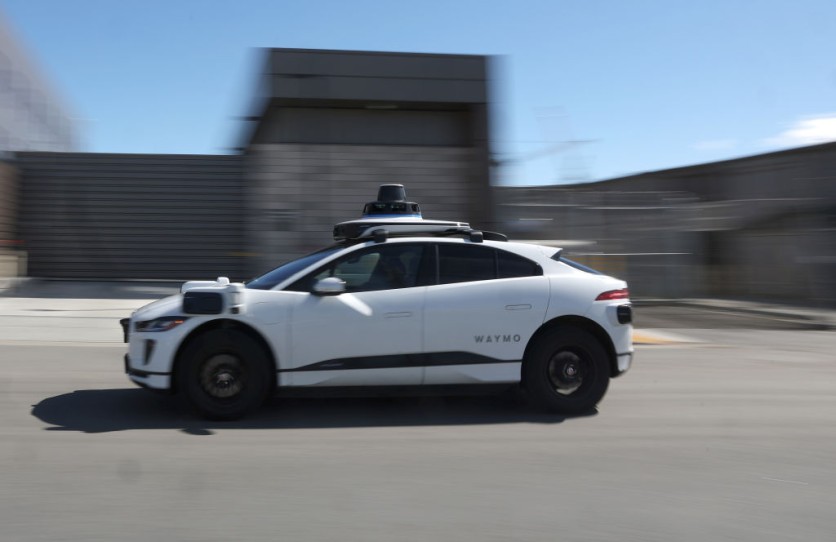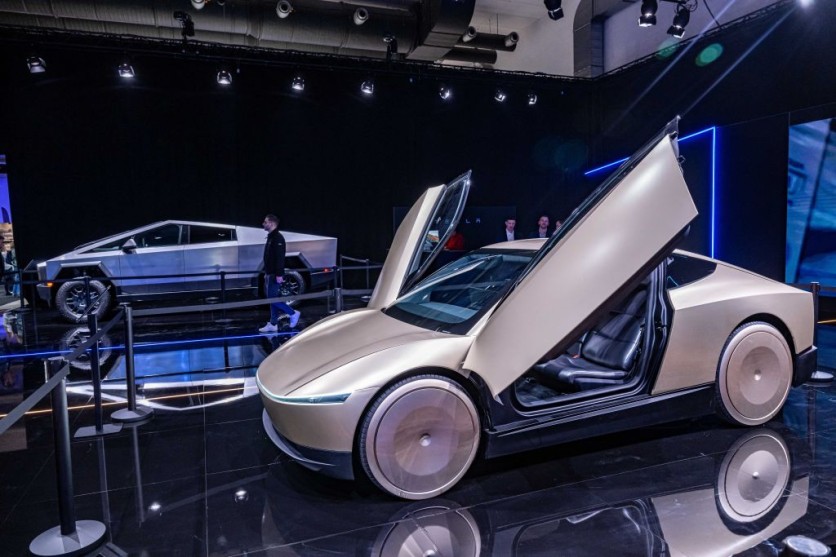Amazon's Zoox opens first U.S. robotaxi factory in California
Zoox Opens First U.S. Purpose-Built Robotaxi Factory
Amazon-owned Zoox has marked a significant milestone in the autonomous vehicle industry by opening its first serial production facility for purpose-built robotaxis in the United States. Located in Hayward, California, the state-of-the-art plant spans 220,000 square feet, equivalent to about three-and-a-half American football fields. This facility is designed to support Zoox's planned growth and the rollout of its robotaxi services across multiple markets, starting with Las Vegas later this year, followed by San Francisco in 2026, and potentially Austin and Miami in the coming years.
Facility Operations and Capacity
The Hayward facility is a comprehensive hub for Zoox's vehicle production and integration. It handles various operations, including:
- Robotaxi engineering and software/hardware integration
- Robotaxi assembly
- Storage of components
- Shipping and receiving
- End-of-line testing
Once fully scaled, the facility will have the capacity to assemble over 10,000 robotaxis annually. While the process incorporates some automation, such as applying adhesive and moving vehicles along the line, much of the complex integration work is performed manually by skilled staff. This approach allows Zoox to maintain oversight of the entire production process, from assembly to deployment. The facility's design is also intended to be flexible, accommodating future changes and advancements in the robotaxi design.
Zoox's other Bay Area facility in Fremont, California, will now focus on the retrofitted testing fleet and sensor pod configurations.
The Zoox Robotaxi Design
Unlike competitors who retrofit existing vehicles, Zoox has developed a unique, purpose-built robotaxi. This electric vehicle is bidirectional, meaning it can travel in either direction without needing to turn around, and features no steering wheel or traditional driving controls. The interior is designed with four seats facing each other, offering a carriage-style experience. Passenger amenities include safety belts, wireless phone chargers, zoned climate control, and an in-car screen displaying route information and music controls.
The vehicle relies on a comprehensive suite of sensors, including cameras, lidar, radar, and infrared, to perceive its surroundings and navigate autonomously. It is designed for urban environments, with a maximum speed of 45 mph (72 km/h), and is built to operate in various conditions, including rain and at night.
Testing and Quality Assurance
Before deployment, each robotaxi undergoes rigorous testing at the Hayward facility. This includes:
- Calibration of sensors (camera, lidar, radar, infrared)
- Wheel and headlight alignment
- Dynamometer testing up to 75 mph (120 km/h) to stress test the powertrain, brakes, and thermal systems
- Water-tightness testing via a simulated rainstorm
- Quality inspection in a light tunnel to check for panel gaps and scratches
After factory testing, vehicles are moved to an outdoor track for initial autonomous runs to validate basic functions like navigation, braking, and pick-up/drop-off behavior. Zoox has been testing its robotaxis on public roads in Las Vegas since June 2023 and has been offering free rides through an early-access program this year.
Competitive Landscape
Zoox enters a burgeoning robotaxi market with established players and new entrants.
Waymo
Alphabet's Waymo is currently the most prominent player, operating commercial driverless services in multiple U.S. cities like Phoenix, San Francisco, Los Angeles, Atlanta, and Austin. They report averaging over 250,000 paid trips weekly. Waymo utilizes a sensor suite including lidar, radar, and cameras on retrofitted vehicles like Jaguar I-Pace SUVs. Studies cited by Waymo indicate significantly lower crash rates compared to human drivers. Waymo also recently opened a facility in Phoenix to integrate its autonomous driving tech into vehicles.
Tesla
Tesla launched its robotaxi service in Austin, Texas, just this week (the week of June 24, 2025), starting with a small fleet of camera-based Model Y vehicles. Tesla's approach relies heavily on cameras and software, differing from Waymo and Zoox's use of lidar and radar. Concerns have been raised regarding software glitches and traffic violations observed in early operations, leading to scrutiny from the National Highway Traffic Safety Administration (NHTSA).
Zoox's Position
Zoox differentiates itself with its purpose-built vehicle design and end-to-end control over manufacturing and operations. While Waymo has a head start in commercial operations and Tesla is rapidly deploying, Zoox aims to leverage its unique vehicle and production capabilities as it rolls out its service, starting in Las Vegas later this year.
Regulatory Scrutiny
Like other autonomous vehicle companies, Zoox faces regulatory oversight. In May 2024, the NHTSA opened an investigation into Zoox following two incidents where Zoox vehicles reportedly braked unexpectedly, resulting in collisions with motorcyclists. The NHTSA is also reviewing Zoox's self-certification process for its unique vehicle design that lacks traditional controls. Zoox has stated it is cooperating with regulators and is committed to safety and transparency. The broader industry, including Tesla and Waymo, also faces ongoing scrutiny and investigations regarding safety performance.
.jpg%3Fdisable%3Dupscale%26width%3D1200%26height%3D630%26fit%3Dcrop&w=1280&h=720&fit=cover)









